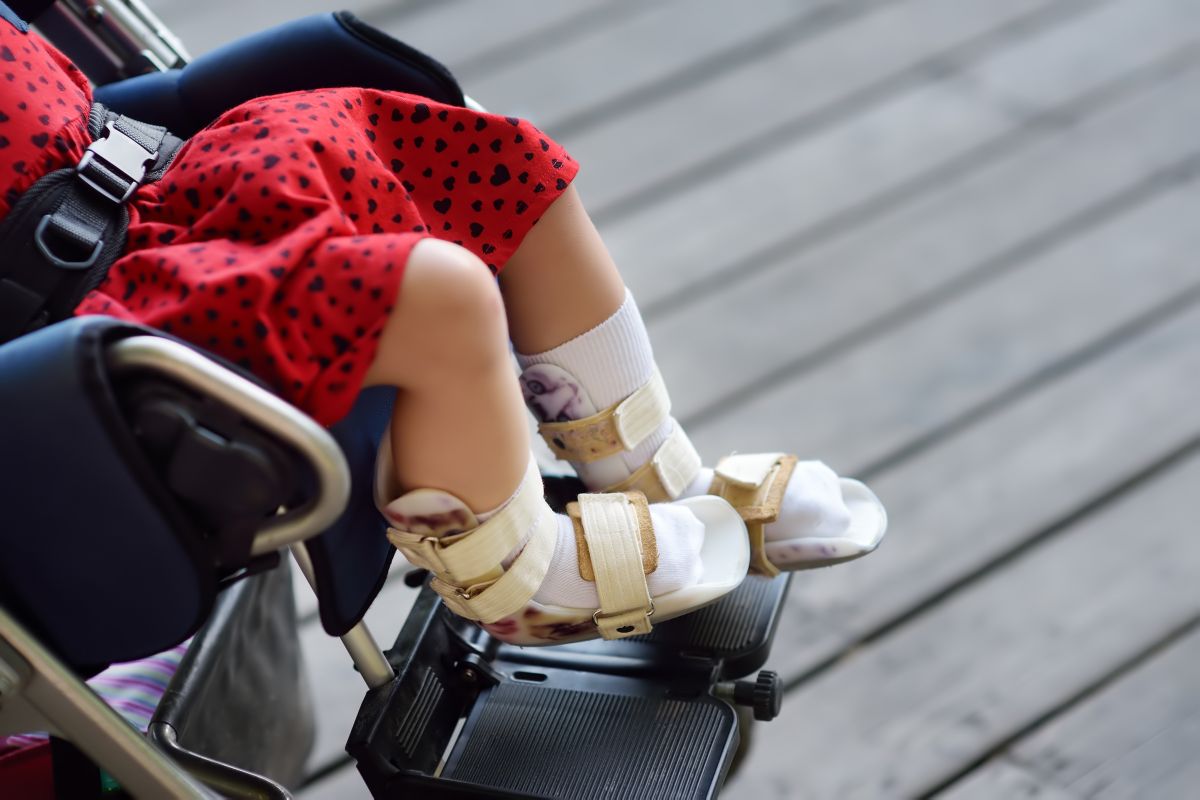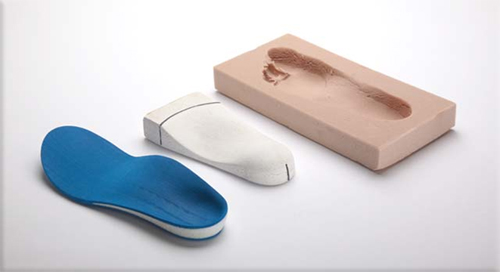Adjustable Features for Enhanced Boot Fit Northglenn CO
Adjustable Features for Enhanced Boot Fit Northglenn CO
Blog Article
Professional Ski Boot Fitting Techniques Lyons CO
Choosing the right ski boot can significantly affect your snowboarding expertise, impacting both comfort and performance. Understanding the essential components concerned in making this selection is vital for skiers of all levels, from novices to seasoned consultants. The right ski boot enhances control over your skis, permitting for higher maneuverability on numerous terrains.
One of the first concerns in choosing a ski boot is the fit. Ski boots should fit snugly, however not uncomfortably tight. It’s necessary to attempt on various fashions and brands, as each has its personal distinctive shape and sizing. A good fit will decrease movement within the boot, reducing the chance of blisters and guaranteeing that your power is transmitted efficiently to your skis.
Diverse Ski Boot Fitting Approaches Erie CO
Keep in mind that most ski boots come in several widths. The length of the boot is only one component of fit; the width will create a extra customized expertise. Boots are sometimes categorized as narrow, medium, or wide, catering to totally different foot shapes. Your foot shape will largely dictate which width is greatest suited for you, impacting how comfortable you're feeling throughout your skiing sessions.
Next, the flex index must be taken into consideration whereas choosing the proper ski boot. Flex refers to how stiff or gentle a boot is, with stiffer boots providing extra management and response. On the other hand, softer boots are more forgiving and simpler for newbies to manage. Advanced skiers would possibly favor stiffer models for optimum performance, while these new to the sport may discover softer options more inexpensive and cozy.
The intended ski fashion additionally plays a vital position in your selection - Boot Fitting for Touring Tips Niwot CO. Are you planning on skiing totally on groomed trails, or do you aspire to venture into backcountry skiing? Freestyle skiers often select softer boots, allowing for flexibility throughout jumps and tips. Alpine skiers may go for stiffer models that promote stability and responsiveness on hard-packed snow or icy conditions
Basics of Ski Boot Architecture and Fit Brighton CO
Another essential aspect is the boot's thermal insulation and how it keeps your toes warm throughout prolonged exposure to chilly. Insulation materials range significantly, and a few boots come with added technology for warmth retention. If you’re skiing in frigid situations, choosing a boot equipped for heat can drastically enhance your enjoyment on the slopes.
When assessing the liners of the ski boot, it is sensible to grasp that this element can drastically change the fit and feel of your boot. Many trendy ski boots come with heat-moldable liners that conform to the form of your foot over time. This customization can result in enhanced comfort and improved performance, as the liner provides better assist on your foot and ankle.

Buckle techniques are another component to not overlook while choosing ski boots. The variety of buckles affects how securely the boot matches and how simply you'll be able to take it on and off. Boots with more buckles present a more adjustable fit and better security. However, those with simpler techniques may be simpler for newbies to manage. Consider which features matter most to you based mostly on private choice and expertise level.
Boot Fitting Innovations in the Industry Lafayette CO
Selecting the proper ski boot measurement may also be sophisticated by differences in manufacturers. Sizes can vary, so it’s advisable to consult dimension charts specific to every brand you attempt on. Understanding your foot's measurements can guide you towards a more fitting alternative. This knowledge might help you keep away from choosing a boot that is either too giant or too small, each of which can detract out of your snowboarding experience.
It’s essential to verify for additional features that some boots supply, such as walk modes or interchangeable soles. Walk modes permit for simpler movement when you’re not on your skis, an excellent boon for many who wish to hike or transfer across the lodge. Interchangeable soles can make the boot more versatile, permitting it to adapt to various varieties of skiing or even strolling.
Try to hunt the guidance of experienced retail professionals when navigating the plethora of options obtainable. They can present insights and recommendations based mostly in your snowboarding fashion, skill level, and personal preferences. Their experience will assist filter the appropriate boots that match your needs, guiding you through the nuances of fit and performance.
Basics of Ski Boot Architecture and Fit Firestone CO
In conclusion, the hunt for the proper ski boot combines various essential parts that require cautious consideration. Fit, flex, fashion, insulation, liners, buckles, dimension variations, and additional features all play a role in your selection. Spending time to research and try completely different fashions could make a considerable difference in both performance and comfort, ensuring a more pleasant day on the slopes. Prioritizing these elements and looking for skilled recommendation will equip you with the mandatory tools to make an informed choice, leading to improved snowboarding experiences for years to come.
- Assess your skill level; newbie skiers typically need softer flex boots, while advanced skiers profit from stiffer choices for higher management.
- Prioritize fit over model; a well-fitting boot is essential for comfort and performance, whatever the producer.
- Consider the boot’s last width, as it influences the volume of your foot; a narrow last enhances precision for narrow feet, whereas a large final offers comfort for broader ft.
- Pay attention to flex index ratings; every boot has a novel flex rating that matches your snowboarding type and physical attributes, affecting responsiveness and comfort.
- Explore custom insoles; they can significantly enhance comfort and stop issues similar to blisters and cold feet by providing higher arch assist and weight distribution.
- Test boots in-store with acceptable ski socks; make sure the fit is cosy however not painfully tight, allowing for slight wiggle room and proper circulation.
- Look for heat-moldable liners; these can be personalized to the form of your foot for enhanced comfort, especially if you expertise any pressure points.
- Consider the sort of snowboarding you propose to do, whether it's alpine, backcountry, or freestyle, as every requires particular boot characteristics for optimum performance.
- Check for buckling methods and features like power straps; an excellent closure can enhance fit, reduce motion, and enhance overall snowboarding efficiency.
- Don’t forget about liner supplies; totally different materials present varying levels of heat, moisture-wicking, and cushioning, immediately impacting your snowboarding expertise.undefinedWhat size ski boot ought to I choose?
Choosing the best size ski boot is essential for comfort and performance. Measure your foot length in centimeters and consult a ski boot dimension chart, sometimes a half-size smaller than your common shoe measurement. Always try boots on with the right ski socks for an accurate fit.
How do I know if the ski boot is just too tight or too loose?
Boot Fitting Challenges and Solutions Golden CO
A well-fitted ski boot ought to feel cosy but not painfully tight. Your toes ought to just touch the entrance of the boot when standing upright. When you bend your knees forward, your toes ought to pull slightly away from the front. A unfastened boot can lead to poor management and blisters.
What is the difference between gentle and stiff ski boots?
Understanding Pressure Points in Ski Boots Firestone CO
Soft ski boots offer extra flexibility and comfort, making them appropriate for beginners or informal skiers - Understanding Ski Boot Fit Superior CO. Stiff boots present better responsiveness and management for knowledgeable skiers on difficult terrain. It's essential to determine on based mostly in your talent stage and snowboarding style
Should I contemplate boot width when choosing ski boots?
Yes, boot width, also called "final," is important for comfort. Ski boots come in several widths—narrow, medium, and wide. Measure the width of your foot and evaluate each mannequin's fit to ensure comfort and cut back pressure points while skiing.
What kind of ski boot is best for my snowboarding style?
Custom Boot Fittings Explained Wheat Ridge CO
Consider your skiing fashion: if you plan to experience groomed trails, an all-mountain boot is ideal. Backcountry skiers should go for lighter, more versatile options. Freestyle skiers benefit from delicate boots for greater maneuverability. Match the boot type to your snowboarding desire for optimal performance.

How important is custom fitting for ski boots?
Personalizing Your Ski Boot Fit Broomfield CO
Custom fitting can considerably enhance comfort and performance. Professional boot fitters can adjust your boots to your foot shape, addressing particular pressure points and ensuring a better fit. While not important, it’s beneficial, particularly for many who ski frequently or have foot issues.

Is it price spending more on higher-end ski boots?
Higher-end ski boots often function advanced supplies and expertise, offering larger comfort, performance, and durability. If you ski frequently, investing in a quality pair can enhance your experience and allow you to develop better expertise. Consider your snowboarding frequency and elegance when deciding.
Fitting Aspects Impacting Performance Nederland CO
What options should I search for in a ski boot?
Look for options such as heat-moldable liners for custom-made comfort, adjustable buckles for a greater fit, and waterproof materials to keep your toes dry. Flex rating, insulation, and weight are also crucial components that should align along with your skiing needs and situations.
Signs You Need a Boot Fitting Firestone CO
How do I preserve and store my ski boots?
Always dry your ski boots after every use to prevent moisture buildup, which might result in odors or deterioration. Store them in a cool, dry place away from direct sunlight. Regularly verify the liners, buckles, and soles for put on and tear to make sure they remain in good situation.
click now web link Report this page